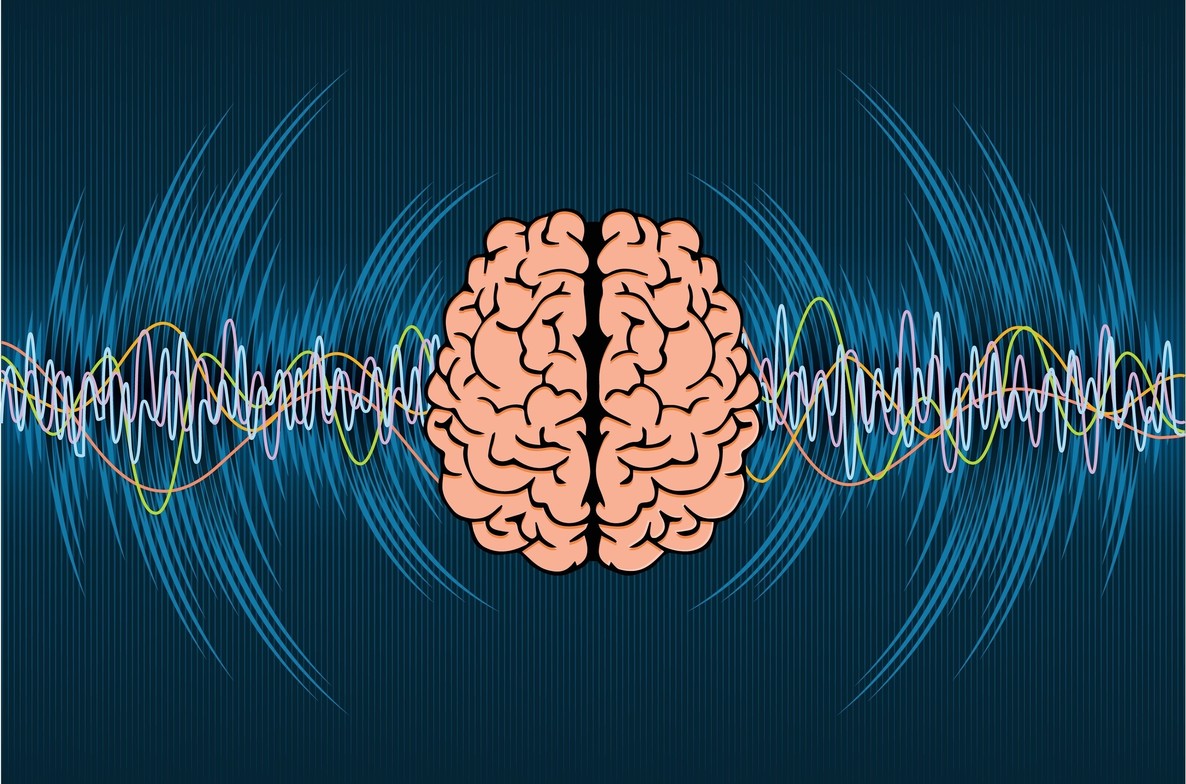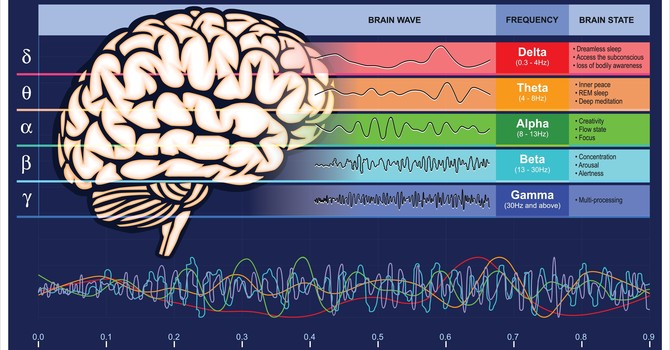
What a Brain Map Shows in Someone with Anxiety
A Simple Guide from O’Keefe Matz Functional Health Clinic in Saint Paul
Anxiety can feel confusing and overwhelming. Your heart races, your thoughts speed up, and your body feels tense even when you want to relax. A qEEG Brain Map helps us understand why this happens by showing how the brain is working and which areas are overactive or stressed. It gives us a clear picture of what the brain needs in order to feel calm and balanced again.
Before we look at what we see in people with anxiety, it helps to understand the basic brainwaves.
What Are Brainwaves
Your brain communicates with tiny electrical signals called brainwaves. Each type of brainwave has a different job and helps you think, feel, and function. A healthy brain moves smoothly between waves depending on what you need at the moment.
Delta
Delta waves are slow and appear mostly in deep sleep. Too much delta while awake can make someone feel foggy or tired.
Theta
Theta waves are seen in light sleep or daydreaming. A little bit is normal, but too much during the day can make someone feel spacey or unfocused.
Alpha
Alpha is the calm and relaxed brainwave. It shows up when someone is awake but peaceful. Too little alpha can make it hard for the brain to slow down or rest.
Beta
Beta brainwaves help with thinking, planning, and focusing. Too much beta can make the brain feel busy, tense, or worried.
High Beta
High beta is a very fast brainwave. When it is too strong, the brain gets stuck in stress, fear, or hypervigilance. This is one of the most common patterns in anxiety.
How Brainwaves Become Dysregulated
Brainwaves can become unbalanced for many reasons. Stress, trauma, concussion, long term worry, chronic health issues, poor sleep, and emotional overwhelm can all push the brain out of its natural rhythm. When this happens, the brain may get stuck in fast waves that make it feel nervous, jumpy, or unsafe. A brain map helps us see these patterns so we can help the brain settle and feel calmer again.
What We Look For in a Brain Map
At O’Keefe Matz Functional Health Clinic we look closely at these key areas:
Power
Are the brainwaves too strong or too weak in certain areas.
Balance
Is one side of the brain more active than the other.
Communication
How well different parts of the brain talk to each other.
Activation
Which areas are overactive, underactive, or working too hard.
These details help us understand why someone feels anxious and what needs support.
What a Brain Map Often Shows in Someone with Anxiety
Here are the most common qEEG patterns we see in individuals dealing with anxiety.
1. High Beta Overactivation
This is one of the most common patterns in anxiety.
High beta shows up when the brain is on high alert and trying to protect you. When this pattern is too strong, you may feel tense or stuck in worry even when nothing is wrong.
How this feels:
-
Racing thoughts
-
Constant worry
-
Difficulty relaxing
-
Feeling jumpy or shaky
-
Trouble falling asleep
-
Feeling overwhelmed
2. Low Alpha Activity
Alpha waves help the brain relax. When alpha is too low, the brain has a hard time slowing down. This can cause restlessness, irritability, and difficulty calming the body.
How this feels:
-
Feeling unable to unwind
-
Feeling restless
-
Trouble staying present
-
Feeling on edge
3. Too Much Beta in the Frontal Lobes
The frontal lobes help with planning, decision making, and emotional control. Too much fast activity here can create mental tension.
How this feels:
-
Overthinking
-
Feeling mentally tight
-
Trouble stopping worry loops
-
Difficulty focusing because the mind is too busy
4. Excessive Connectivity
Sometimes the brain areas connect too strongly, making the brain rigid and less flexible. This can trap someone in repeating thoughts or constant scanning for danger.
How this feels:
-
Feeling stuck
-
Rumination
-
Trouble shifting attention
-
Feeling overly sensitive to stress
5. Increased Theta in the Frontal Regions
Too much theta in the front of the brain can make emotional control harder. It can show up when someone has trouble calming their thoughts or when the brain is tired from long term stress.
How this feels:
-
Feeling overwhelmed
-
Emotional ups and downs
-
Trouble focusing
-
Feeling mentally tired
6. Right Frontal Overactivation
Many people with anxiety show stronger activation on the right side of the frontal brain. This side is more connected to fear and negative thoughts.
How this feels:
-
Feeling easily worried
-
Nervousness
-
Being overly cautious
-
Feeling unsafe inside your own body
7. Stress and Sleep Patterns
Brain maps often show signs of poor sleep in people with anxiety. Fast waves may stay active even during rest, which makes it hard to fall asleep or stay asleep.
How this feels:
-
Lying awake for hours
-
Waking up anxious
-
Feeling tired all day
-
Trouble calming the body at night
How a Brain Map Helps with Healing
A qEEG Brain Map shows the exact patterns that may be making someone feel anxious. Once we know what the brain is doing, we create a neurofeedback plan tailored to help the brain calm down, feel safer, and become more balanced.
At O’Keefe Matz Functional Health Clinic in Saint Paul we combine qEEG guided neurofeedback with functional medicine, chiropractic care, acupuncture, bodywork, Frequency Specific Microcurrent, cold laser therapy, and nutritional support. We work with the brain and the whole body so people can feel calmer, clearer, and more in control of their lives.
Dr. Janell Matz
Contact Me


